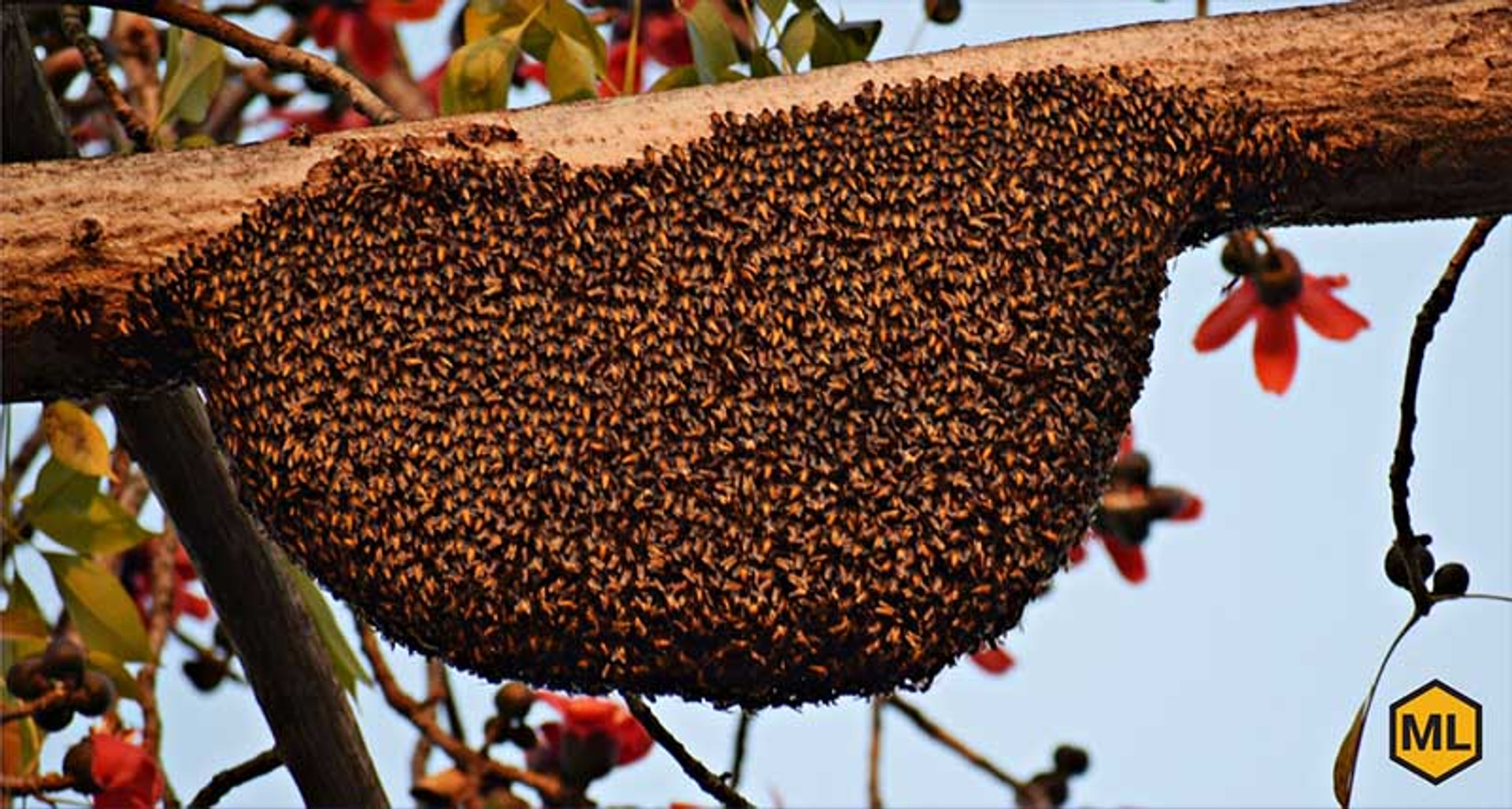Does Reversing Hive Bodies in The Spring Prevent Swarming?
BY DENNIS BROWN, LONE STAR FARMS, WWW.LONESTARFARMS.NET, AUTHOR OF “BEEKEEPING: A PERSONAL JOURNEY” AND “BEEKEEPING: QUESTIONS AND ANSWERS”
I’m often asked if it does any good to reverse your hive bodies in the spring? That’s a suggested way to prevent swarming.
Most all of the information on that subject would lead you to believe that all you have to do is reverse the hive bodies and that, in itself, will prevent swarming. However, I will present a method that I believe makes more sense. I’ve been using it for years with good results.
First, the method commonly used and has been used for over a hundred years. It is a common practice for the beekeeper, during the first hive inspection of the year, to reverse the top and bottom boxes. The theory is that coming out of winter, the majority of the bees are located in the upper box. Bees tend to migrate to the upper box (for heat) to form their winter cluster.
The queen will begin to lay a few eggs in the middle of the winter months and by the time spring arrives, the hive population has increased such that the upper box is overpopulated. The queen is typically still in the upper box with the brood and most of the adult bees will also be in that upper box taking care of the queen and brood.
Next is the common theory, which goes like this: to alleviate the hive congestion, all the beekeeper has to do is swap the top and bottom boxes. The queen will begin to move up into the now empty top box and half of the adult bees will follow her. That will divide the hive population between the two boxes which will reduce the number of bees in each box. It all sounds reasonable, right?
In my opinion, there is so much good information that it makes the solution “seem” right. In reality, I think that when you just reverse the two boxes, the box with all the congestion is no better off. The congestion has not been improved. The beekeeper is hoping (by just swapping boxes) that the queen will move up into the now less-congested box before the hive begins swarm preparations. This solution is too risky.
MY SOLUTION.
Remove the top box and set it aside for now. (This is where most of the bees and congestion can be found.) Remove the four middle frames from the bottom box and set them aside. Take the four middle frames from the top box (these frames will contain most of the brood and bees) and place them in the bottom box. Take the remaining frames in the top box with brood (if there is any) and move them together. Keep brood frames together for warmth. Now, take the empty frames from the bottom box and fill in the empty spaces in the top box. Place the top box back on top and put the hive top back on.
Now you have four frames with bees and brood located in the middle of the bottom box and four empty drawn frames available to the queen in the top box. The bees and brood will now be divided between the top and bottom box. The queen will have plenty of room to lay her eggs. (It doesn’t matter if she is in the top or bottom box because she will still have plenty of room for laying.) You will have divided the current hive congestion which should also “minimize” the swarming instinct.
Hive congestion should be dealt with immediately and just by reversing the two brood boxes, that doesn’t help in the short term. The one box is still congested. Don’t wait for the bees to handle congestion. They may decide to handle it by swarming.
Be careful not to perform this management technique too early because the cold temperature could kill some brood if there are not enough bees to cover the brood area during a cold spell.

